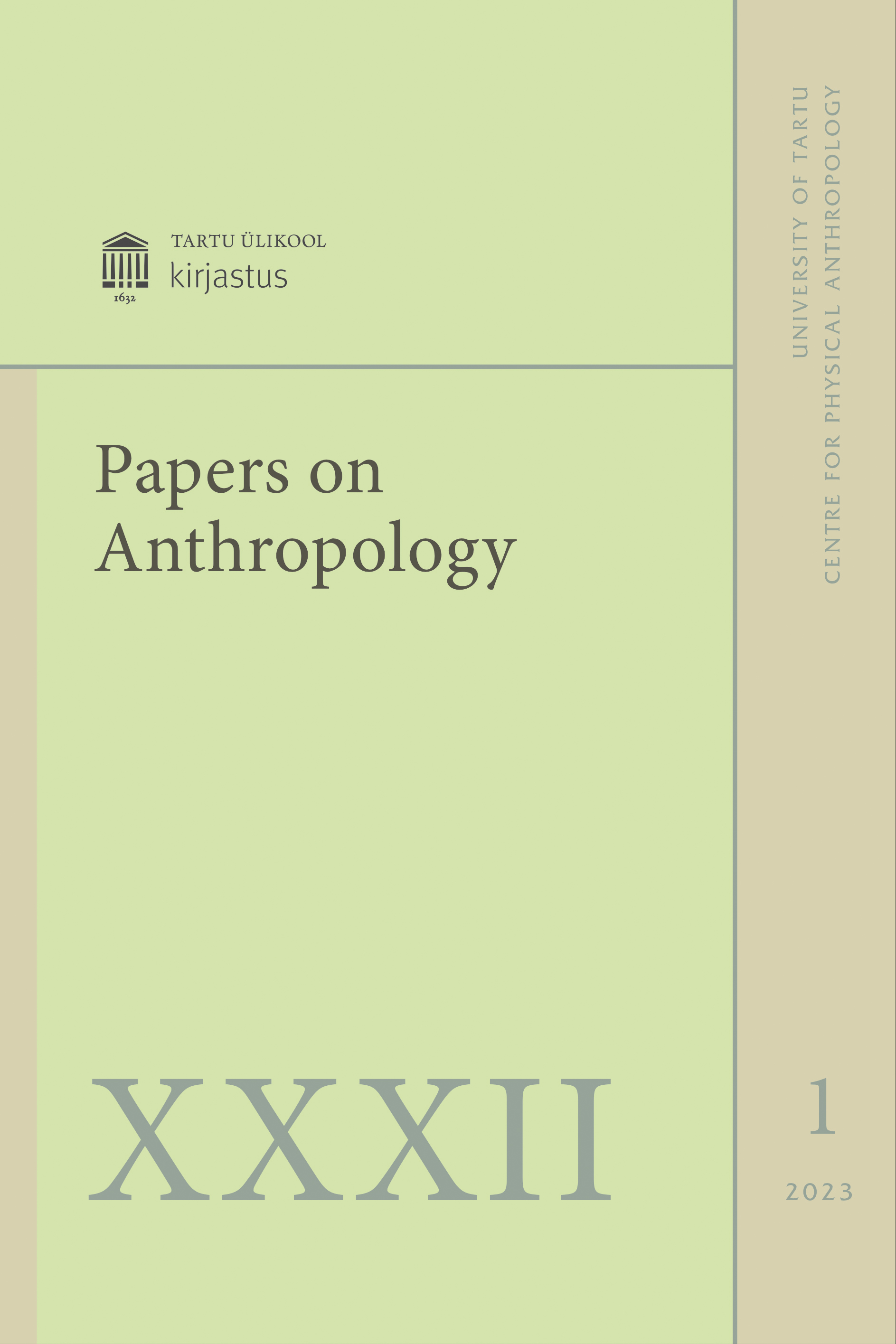Factors affecting reproductive behaviour in Estonia in the 21st century
DOI:
https://doi.org/10.12697/poa.2023.32.1.01Keywords:
birth rate, total fertility rate, fertile age, average childbearing age, postponing of birthsAbstract
In Estonia where the population size is quite small (less than a million ethnic Estonians) the low birth rate has been a problem throughout known history.
In Estonia as in other Eastern European countries, the so-called transition shock appeared in the 1990s after regaining independence. As a result of the shock, the birth rate fell sharply; the number of births in 1994–2000 was twice less than the number of births ten years earlier, in 1984–1990. Intensive migration also lasted for about 25 years, and, as a result, the population of Estonia decreased by more than for 250 000 people (one sixth of the population). The ethnic structure of the population of Estonia also changed. Depending on the direction and volume of foreign migration, the share of ethnic Estonians in the population, which was 61.5% in 1991, increased to 67.9% by the turn of the century.
Postponing of births has been an important trend throughout the world, including in Estonia, in recent decades. In Estonia the average age of mothers who gave birth increased from 1991 to 2021 by almost 6 years. This means that, for 30 years, nearly a fifth of children were not born each year. The total fertility rate depends on the change in the average childbearing age. When the childbearing age increases (which has been happening in Estonia during the last 30 years), the total fertility rate (TFR) underestimates the average number of children born to a woman in her lifetime. Although TFR is relatively low in Estonia now, oscillating between 1.5 and 1.7, this does not mean that the average number of children born by a woman is so low.
If a cohort of women (e.g., women born 45–49 years ago) has passed the fertile age, it is possible to determine the average number of children whom they actually gave birth during their lifetime. This indicator gives a much more optimistic picture about the fertility behaviour of Estonian women than TFR.
Ethnic Estonian women are more active in giving birth than the women of other ethnic origins. On average, Estonian women aged 40+ have given birth to 2 children.

